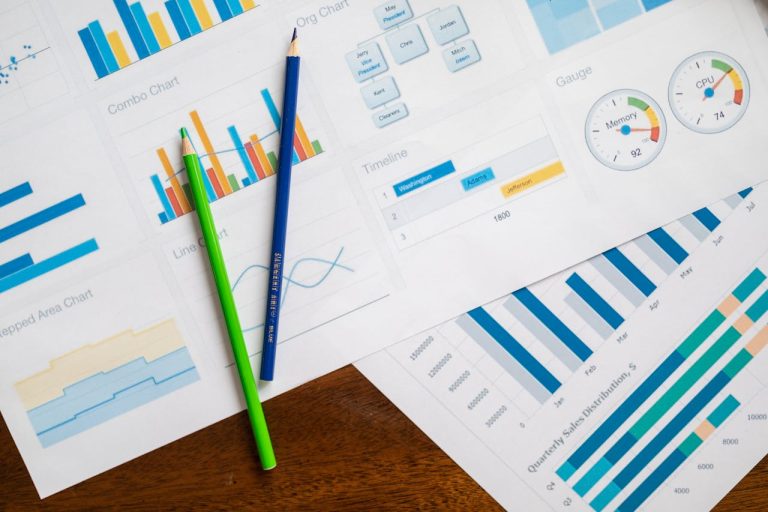Some people treat it as a finger-in-the-air routine. Others take a much more mathematical approach and ensure forecasting becomes a hugely strict process of their business.
Regardless of your approach, it can be tough to get right when you’re starting. Even if you are that data type of guy or girl, understanding what figures to plug into your calculations at the start of your self-employed career can be challenging.
While every industry will have different processes, there are some obvious mistakes to avoid. Here, we’ll look through some of them.
Failing to take trends into account
When you’re forecasting, it’s important to understand the trends in your industry. Obviously, this will be much easier the longer you’ve been in business, but you should still make an effort to understand the ebbs and flows in your sector.
If you’re a bit hazy on the trends, speak to your competitors or other businesses in complementary industries. This will help you get a feel for the market and how it might develop over the next few months or years.
Not knowing your costs
This is a big one. You need to have a good handle on your costs before you can start forecasting accurately. This includes both your variable and fixed costs.
Your variable costs are those that fluctuate depending on how much you’re selling. For example, the cost of raw materials if you’re a manufacturer or the cost of fuel if you’re a delivery company.
On the other hand, your fixed costs stay the same regardless of how much you’re selling. These might include things like rent, public liability insurance costs, or website hosting fees.
If you don’t know your costs, you won’t be able to predict your profits accurately. And if you can’t predict your profits, your forecast is destined to fail.
Not using historical data
If you’ve been in business for a while, you should have some historical sales data to work with. This data can be a valuable tool when forecasting.
Of course, you can’t just rely on historical data. You also need to consider things like trends and seasonality (as discussed above). But historical data can still be a useful starting point.
If you don’t have any historical data to work with, you can try to gather data from other businesses in your industry. This can be tricky, but it’s worth a shot.
Making unrealistic assumptions
This is a common mistake that businesses make when forecasting. They make assumptions that are simply not realistic.
For example, they might assume that they’ll be able to increase their prices without losing any customers. Or they might assume they’ll be able to get a new product to market in half the time it actually takes.
Making unrealistic assumptions will only lead to inaccurate forecasting. So, make sure you’re being realistic when making your assumptions.
Not revisiting your forecast
Once you’ve created your forecast, it’s important to revisit it regularly. This will help you to ensure that your forecast is still accurate.
If your forecast is no longer accurate, you’ll need to adjust. This might involve changing your assumptions or revising your sales estimates.

